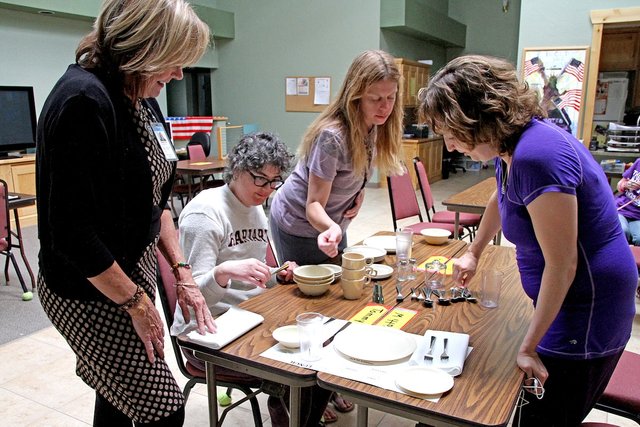Tips For Practical Life Skills Curriculum
Teaching practical life skills can be difficult. But it is essential for your child to learn how to manage their everyday life.
When your child is a teenager, they will need to know how to take care of their home and their belongings. These skills will help them be independent and successful in their adult lives.
Practical Life lessons are a great way to teach kids how to do their own basic tasks. From changing a light bulb to cooking and cleaning, these skills are necessary to help your child become an independent adult.
The Montessori Primary Practical Life curriculum is designed to help children build a strong sense of self-reliance and independence by teaching them the skills they need for everyday living. These activities promote independence, responsibility, coordination, concentration and sensitivity to their environment and the people around them.
This type of activity also helps children develop an identity as a contributing member of the community. This is a good way to prepare them for their future by encouraging social interaction, which can lead to positive contributions to the world around them.
Throughout the upper elementary and middle school years, Practical Life continues to be an important part of a child's education. The activities focusing on care of oneself, care of the environment and living things along with grace and courtesy remain just as valuable in this age group as they were in the primary classroom.
ARISE offers specialized curriculum packages for classrooms and large groups, containing all of the material needed to deliver a complete life skills program. These specialized programs give students the key employability and independent living skills they need to succeed in college and career.
While many of us focus on teaching kids math, history, geography, and science, it's also important to give them the chance to practice life skills that will help them in their everyday lives. These skills include preparing food, doing laundry, caring for the home, and more.
Developing a practical life curriculum is a great way to teach kids these skills in a fun, hands-on way. These activities can be used in the primary classroom, but they're also important for upper elementary and middle school children to learn.
For example, learning how to bake a cupcake requires students to pay attention to detail, work methodically and employ lots of patience. It's a great skill to learn at an early age as it will prepare kids for the future!
Another fun activity is making a charcuterie board or flower arrangement. This can be a great opportunity to make a gift for a family member or friends, while at the same time teaching students some important life skills.
Teens are prone to eyeing their lessons with a suspicious look, so try to make it fun and relate it to their daily lives. It will be easier to teach them the concept of making a call, setting up a hair appointment, or getting help when they are doing it themselves.
Practical life is an important part of a child's education, preparing them for the real world. It teaches them to complete a cycle of work, develop concentration, and become self-sufficient and independent.
As children grow older, they will need to learn more and more skills to be successful in their adult lives. The key to teaching them these skills is to keep it simple!
Keeping the practical life curriculum simple means choosing activities that are familiar, breakable, functional and relate to your child's culture. Then, it will be easy to introduce them to the activities as they move through elementary, middle school and high school.
For example, you may choose to do a cooking elective and have kids make a charcuterie board. You can also do flower arranging and have students make scented sachet bags.
This will make it easier for them to understand the task and how to do it independently once they have been introduced to the activity. You could even have a check list for each skill so that they can be sure they've completed it for the first time!
When your child is ready to start learning a new skill, perform it in front of them with the tools they need to do it correctly. Then, let them attempt it and give you feedback if they need to change a tool or add something else.

